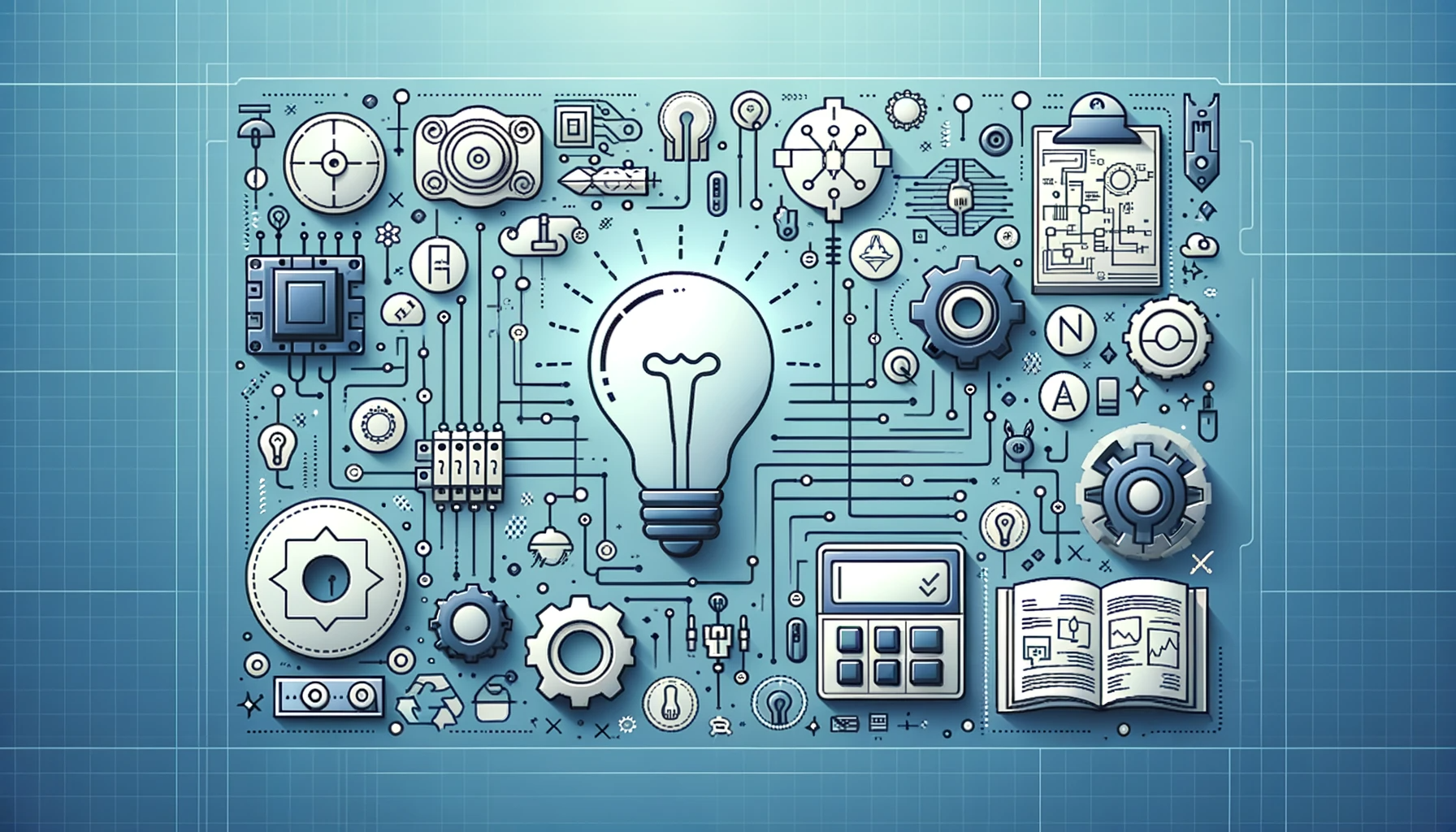Cutting-edge Electric Design Solutions for Modern Framework
As city settings grow increasingly complicated, incorporating innovations such as clever grids and sustainable power resources becomes paramount. These innovations not only assure to maximize power usage yet likewise foster resilience against future needs.
Relevance of Ingenious Electric Design
Ingenious electric design plays an essential function in modern-day infrastructure, affecting not just efficiency but likewise sustainability. As cities progress and the demand for power rises, the demand for sophisticated electric systems becomes extremely important. These systems need to not only meet present needs yet additionally expect future development and technical developments.
A well-executed electric design can dramatically minimize power intake, consequently reducing operational costs and lessening ecological impact. By including sustainable power sources, such as solar panels and wind turbines, innovative layouts can improve energy self-reliance and resilience. Wise grid innovations allow for real-time tracking and management of power distribution, optimizing performance and minimizing waste.
Security is another essential element of electric design. Carrying out sophisticated technologies and strenuous requirements can alleviate risks connected with electric failures, making certain a safe setting for residents and companies alike. Furthermore, innovative designs promote adaptability, allowing frameworks to integrate emerging modern technologies flawlessly.
Secret Patterns in Electrical Design
As the landscape of electrical design proceeds to advance, several crucial trends are forming the future of the industry. One considerable fad is the integration of clever modern technology into electrical systems. The spreading of the Web of Things (IoT) has allowed real-time surveillance and control of electric tools, enhancing effectiveness and promoting anticipating maintenance.
Another fad is the growing emphasis on modular design. This technique enables for scalable and adaptable solutions, enabling framework to adapt to altering requirements without considerable remodellings. Furthermore, making use of innovative simulation devices and Structure Details Modeling (BIM) is becoming significantly common, enhancing the design procedure and improving cooperation amongst stakeholders.
Additionally, innovations in materials science are resulting in the development of lighter, extra resilient, and energy-efficient components. This technology is especially vital for high-performance structures and facilities jobs.
Lastly, there is a marked change in the direction of data-driven decision-making - electrical load calculation. Leveraging information analytics aids developers enhance systems for performance and cost-effectiveness. With each other, these fads signify a transformative era in electric design, enhancing capability, sustainability, and strength in contemporary infrastructure
Lasting Energy Solutions
Lasting power solutions are significantly coming to be a crucial emphasis in electrical design, reflecting a wider dedication to environmental duty and resource effectiveness. These options intend to lessen environmental effect while enhancing energy usage in various frameworks, from domestic structures to huge industrial centers.
One of the leading approaches involves the assimilation right here of renewable resource sources, such as photovoltaic panels and wind generators, into electric systems. This not only minimizes dependency on nonrenewable fuel sources yet additionally enhances power durability. In addition, innovative energy storage space systems, such as innovative batteries, enable effective management and circulation of energy, making sure that excess energy generated during height production can be utilized during high need durations.
Additionally, energy-efficient design practices are being adopted to boost overall system efficiency. This consists of utilizing energy-efficient illumination, a/c systems, and smart structure innovations that adjust and keep an eye on energy usage based upon occupancy and environmental conditions.
Smart Grid Technologies
The implementation of sustainable energy options naturally causes the exploration of clever grid technologies, which play a pivotal role in improving electrical systems. Smart grids utilize progressed interaction innovations and data analytics to improve the integrity, efficiency, and sustainability of electrical energy circulation. By incorporating electronic technology with conventional grid infrastructure, these systems help with real-time tracking, automated control, and enhanced decision-making abilities.
Among the crucial attributes of smart grids is their ability to accommodate renewable resource sources, such as solar and wind power. This adaptability not just decreases additional resources dependence on fossil gas however likewise permits an extra decentralized power manufacturing design. Furthermore, clever grids make it possible for demand reaction programs, where consumers can readjust their power use based on real-time prices, thus advertising power preservation and reducing peak tons demands.
In addition, wise grid innovations boost grid durability by enabling quicker recognition and resolution of blackouts, inevitably decreasing downtime. With anticipating maintenance and analytics, utilities can optimize procedures and enhance service delivery. As communities and cities remain to advance, smart grid modern technologies are necessary for developing a sustainable and effective electric infrastructure that meets the needs of contemporary society.

Future-Proofing Framework
To ensure lasting viability and versatility, future-proofing framework is essential in the rapidly progressing landscape of electric design solutions. As modern technology developments and energy needs shift, it is critical that electric systems are designed with adaptability in mind. This involves incorporating scalable options that can accommodate future upgrades without demanding comprehensive overhauls.

In addition, sustainability should be a keystone of future-proofed styles. Using sustainable power resources, such as solar and wind, and optimizing energy performance decrease dependence on fossil fuels, straightening with YOURURL.com global efforts to deal with environment modification.
Verdict
By prioritizing sustainability, performance, and adaptability, these services deal with the developing needs of energy systems. The integration of wise grid innovations and sustainable energy services improves resilience and reduces functional costs.
A well-executed electrical design can significantly lower power consumption, therefore reducing operational costs and reducing ecological impact. By integrating eco-friendly energy resources, such as solar panels and wind turbines, innovative layouts can enhance energy self-reliance and durability. Additionally, cutting-edge energy storage space systems, such as advanced batteries, make it possible for effective management and distribution of energy, making certain that excess energy generated throughout top manufacturing can be utilized during high need periods.
Smart grids enable demand action programs, where consumers can readjust their energy usage based on real-time pricing, thus advertising energy preservation and reducing peak tons demands. (residential electrical design)
As innovation breakthroughs and power needs shift, it is important that electrical systems are designed with adaptability in mind.
Comments on “Precise Electrical Load Calculation Services for Commercial and Industrial Buildings”